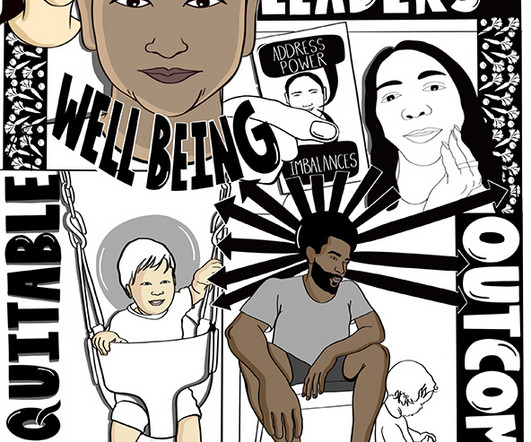When Does Interim Nonprofit Leadership Make Sense?
Blue Avocado
JANUARY 7, 2025
At a time of a leadership transition, planned or unplanned, more and more organizations are using interim leaders (aka interims) to help the board address organizational challenges, large and small, that may have existed during the tenure of the previous leader.



















Let's personalize your content